Horses are highly intuitive animals that form strong bonds with their regular riders. When introducing a new rider to your equine companion, the process requires patience, understanding, and methodical training. Whether you’re a horse owner helping a friend learn to ride, a trainer working with clients, or someone preparing a horse for sale, knowing how to properly acclimate your horse to different riders is essential for both safety and success. This comprehensive guide will walk you through the process of training your horse to confidently and calmly accept new riders, creating a positive experience for both horse and human.
Understanding Horse Psychology and Rider Relationships
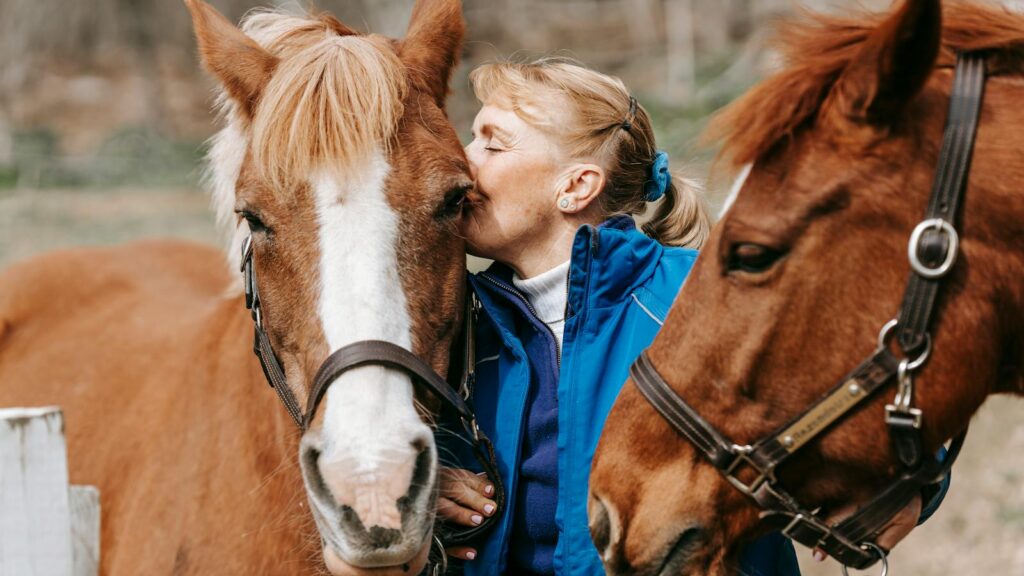
Horses are naturally herd animals that establish clear hierarchies and relationships with those around them, including their human handlers and riders. When a horse becomes accustomed to a particular rider, they learn that person’s body language, weight distribution, cues, and energy levels. A new rider introduces unfamiliar signals, different balance points, and potentially new energy that can confuse or concern your horse. Understanding this perspective helps explain why some horses become anxious, resistant, or unpredictable when someone new climbs into the saddle. Recognizing that your horse isn’t being deliberately difficult, but rather is responding to change in a natural way, will help you approach the training process with empathy and appropriate expectations. This foundation of understanding is crucial for successfully introducing new riders to your horse.
Assessing Your Horse’s Temperament and Training Level
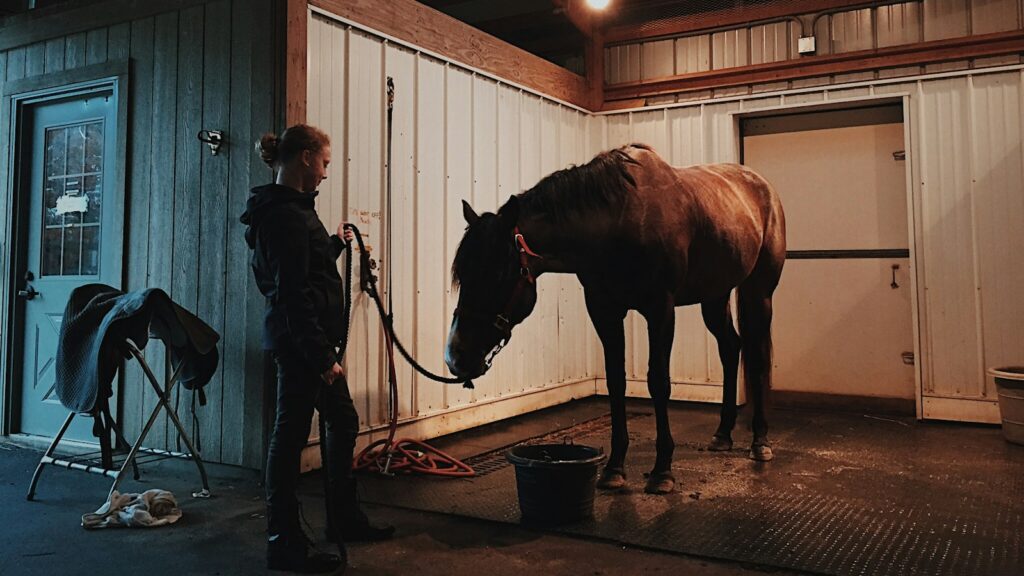
Before introducing your horse to a new rider, honestly evaluate your horse’s current temperament, training level, and past experiences with different riders. Some horses, particularly those with years of varied experience, may readily accept new riders with minimal adjustment, while others might require extensive preparation. Consider factors such as your horse’s age, past riding experiences, sensitivity level, and any specific training challenges you’ve observed. Pay attention to how your horse responds to changes in routine, new environments, or unfamiliar people on the ground – these reactions can provide clues about how they might handle a new person on their back. This assessment will help you determine the appropriate pace and approach for introducing a new rider, ensuring you don’t push your horse beyond their comfort capabilities too quickly.
Preparing the New Rider
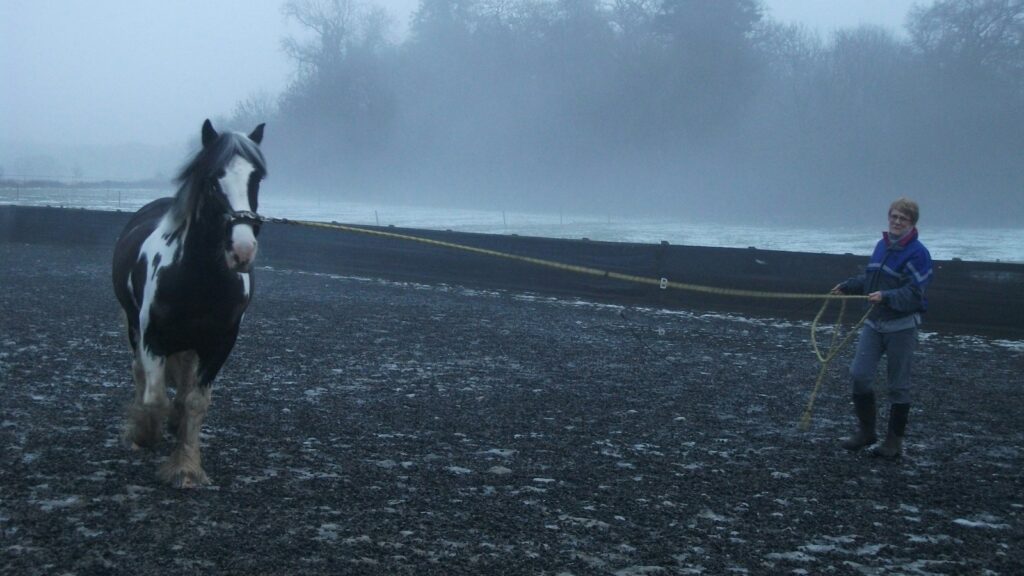
Preparing the new rider is just as important as preparing the horse for a successful transition. Begin by having the new rider spend time with the horse on the ground, performing basic handling tasks like grooming, leading, and tacking up under your supervision. This allows the horse to become familiar with the new person’s scent, voice, and movements before they mount. Clearly communicate your horse’s personality traits, preferred handling methods, and any special cues or sensitivities to the new rider. Take time to assess the rider’s experience level and confidence, as this will influence how you structure the introduction process. For less experienced riders, provide basic instruction on proper mounting technique, riding posture, and how to deliver clear, consistent aids before they get on your horse. Establishing this groundwork helps create a positive foundation for the first ride.
Ground Work Foundations
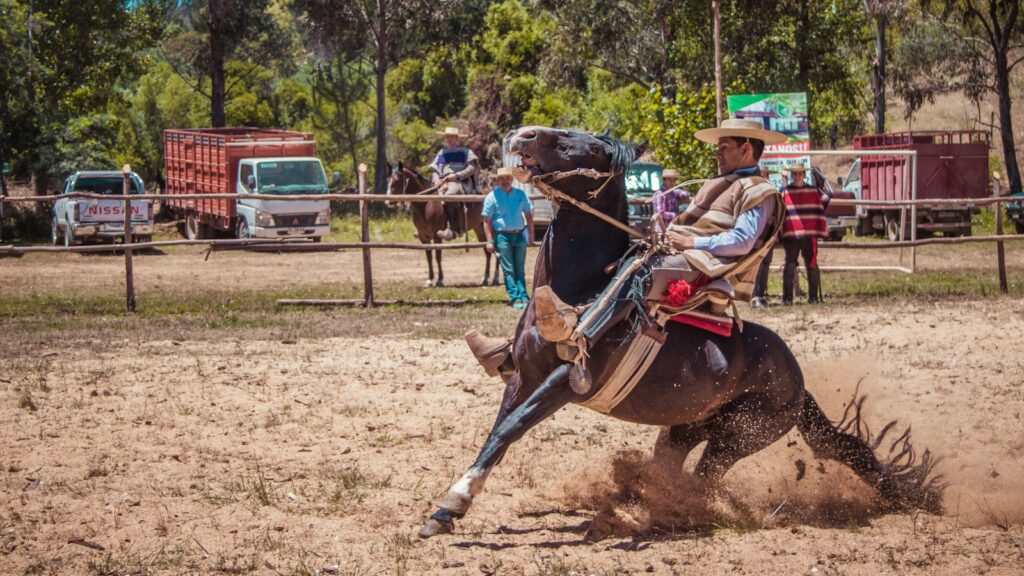
Comprehensive ground work serves as an essential foundation before introducing a new rider to your horse. Begin by having the new person lead your horse through familiar exercises like walking, stopping, backing up, and turning – this helps the horse recognize the new person as someone who understands and respects their boundaries. Lungeing sessions with the prospective rider giving voice commands helps familiarize the horse with their voice and builds the beginning of a working relationship. Consider incorporating desensitization exercises where the new rider moves around the horse, touches different parts of the body, and simulates riding movements while the horse is standing still. Ground work also provides an opportunity to observe how the horse responds to the new person’s energy and body language, giving you valuable information about potential challenges that might arise during mounted work. This preparatory phase builds confidence for both the horse and rider while establishing crucial respect and communication.
Creating a Controlled Environment
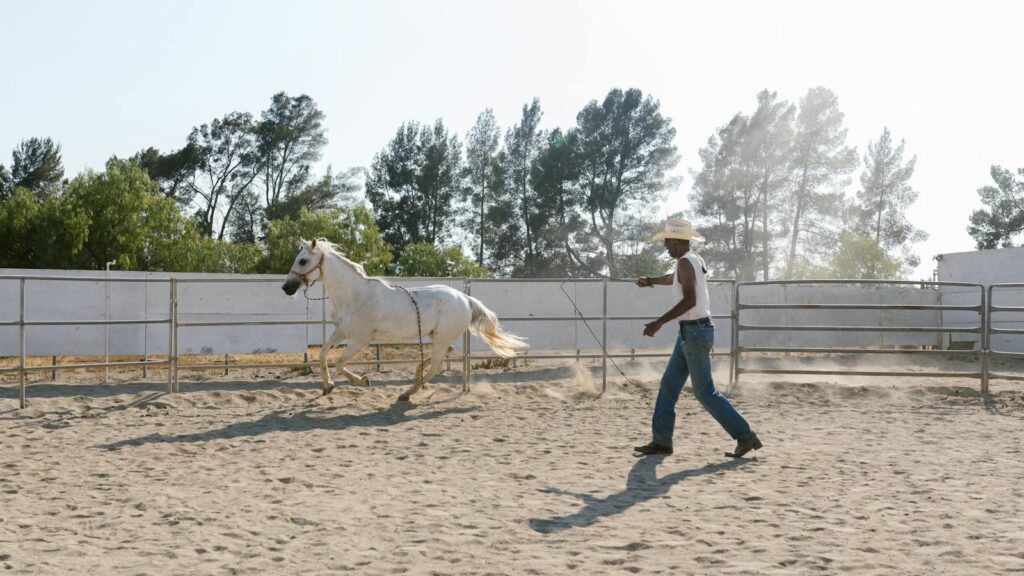
The environment in which you introduce a new rider to your horse can significantly impact the success of the transition. Select a familiar, enclosed space where your horse feels secure and confident – typically a riding arena or round pen they work in regularly. Eliminate potential distractions such as other loose horses, unfamiliar equipment, or activities that might draw your horse’s attention away from the task at hand. Consider timing the introduction during your horse’s most relaxed and attentive part of the day, avoiding feeding times or periods when they might be anxious or overly energetic. Ensure the footing is appropriate and safe, as a nervous horse might move unpredictably. Having a controlled environment allows both the horse and new rider to focus entirely on establishing their connection without external stressors adding unnecessary complications to the process.
The Importance of Proper Warm-Up

A thorough warm-up session before introducing a new rider helps set your horse up for success by releasing excess energy and establishing a focused working mindset. Begin with an experienced handler or the regular rider working the horse through familiar exercises that engage both their body and mind. This might include lunging with purpose (not just running in circles), ground work patterns, or even a brief riding session with their familiar rider. Focus on exercises that encourage relaxation and responsiveness, such as transitions between gaits, changes of direction, and movements that require the horse to listen attentively. A proper warm-up also provides an opportunity to assess your horse’s mood and receptiveness that day – if they seem unusually tense or distracted, it might be wise to postpone introducing the new rider. Remember that physical warm-up prepares the muscles, but mental warm-up prepares the mind, and both are equally important for this transition.
Mounting Techniques for New Riders

The mounting process often creates the most tension when introducing a new rider, as it’s a vulnerable moment for both horse and human. Begin with your horse standing quietly at a mounting block, held by an experienced handler who can provide reassurance and control if needed. Have the new rider approach calmly and confidently, avoiding sudden movements or unnecessary chatter that might distract or startle the horse. Instruct the rider to mount smoothly without bouncing or grabbing at the saddle, placing minimal weight in the stirrup before swinging their leg over gently. Once mounted, the rider should sit quietly for a moment, allowing the horse to adjust to their weight and presence before asking for any movement. Consider using a mounting assistant technique where you support the opposite stirrup to counterbalance the rider’s weight during mounting, reducing the uncomfortable pulling sensation on your horse’s back. These careful mounting procedures help prevent negative associations that could make future mounting sessions challenging.
Starting with Assisted Rides
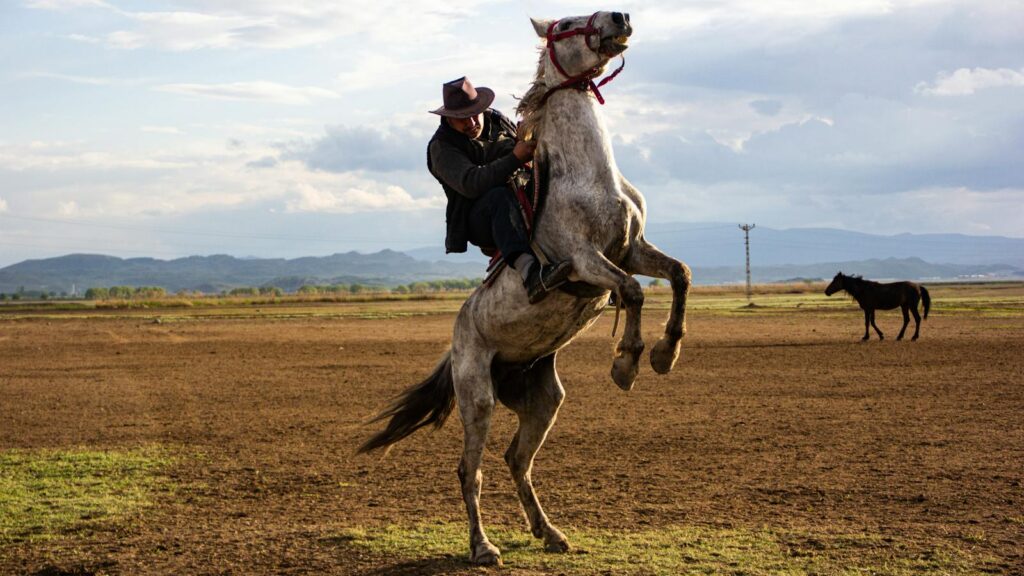
Assisted rides provide an excellent transition phase when introducing a new rider to your horse. Begin with lead line sessions where an experienced handler maintains control of the horse while the new rider focuses solely on their position and balance. This arrangement gives the horse confidence knowing they’re still being guided by someone familiar, while allowing them to adjust to the new weight and movements above. Start with short sessions at a walk, gradually removing direct control as the horse demonstrates comfort and the rider shows appropriate capability. Another effective assisted technique involves the regular rider walking alongside, offering verbal cues that the horse recognizes while the new rider learns to deliver physical aids. Ponying (leading the horse from another mounted horse) can also be valuable if you have access to a suitable, experienced lead horse and rider. These assisted methods create a supportive learning environment that builds confidence incrementally for both horse and new rider.
Establishing Clear Communication

For a horse to confidently accept a new rider, clear communication systems must be established between them. Begin by having the new rider use consistent, simple aids that the horse already understands well, rather than introducing new or complex requests. Encourage the rider to be deliberate and predictable with their cues, using appropriate pressure and timely release when the horse responds correctly. Verbal cues that the horse already recognizes can provide helpful reinforcement during this transition period. Consider having the regular rider demonstrate specific cues while narrating them, then immediately have the new rider replicate those exact signals, helping the horse make connections between familiar and new sources of similar instruction. Patience is essential during this communication-building phase – both horse and rider are learning a new language together, and occasional misunderstandings are normal. Consistent, clear communication forms the foundation for a trusting partnership that will enable more advanced work in the future.
Gradually Increasing Complexity
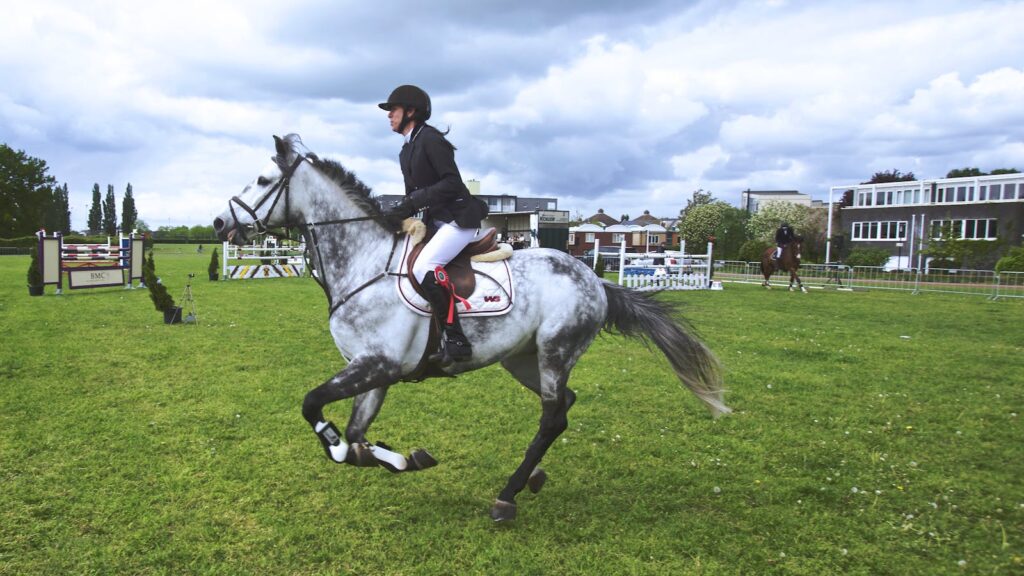
Once your horse demonstrates comfort with a new rider during basic walking exercises, systematically introduce more complex maneuvers following a progressive training approach. Begin by incorporating simple direction changes, circles, and transitions between halt and walk, ensuring the horse responds willingly and remains relaxed. When both horse and rider show confidence at this level, thoughtfully introduce trotting in short intervals, starting on a straight line before attempting curves or patterns. Continue this methodical progression through all gaits and movements within the horse’s established capabilities, always returning to simpler exercises if tension arises. Avoid the temptation to advance too quickly, as rushing through this process often creates gaps in understanding that lead to frustration for both horse and rider. Pay close attention to your horse’s body language throughout this progression – relaxed ears, steady breathing, and supple movement indicate readiness to tackle more challenging work, while tension signals the need to return to basics temporarily.
Addressing Resistance or Anxiety

Even with careful preparation, your horse may show signs of resistance or anxiety when working with a new rider. Common indicators include pinned ears, raised head, tense back muscles, swishing tail, or reluctance to move forward. When these behaviors emerge, resist the urge to punish or force compliance, as this typically escalates tension and damages trust. Instead, identify potential triggers – perhaps the rider’s balance is unstable, their aids are unclear, or they’re inadvertently sending mixed signals. Return immediately to a previous level of work where the horse demonstrated confidence, which might mean going back to ground work or having the familiar rider mount temporarily. Address specific issues methodically; for example, if the horse resists moving forward, the new rider might need coaching on delivering clearer leg aids without inadvertently pulling back on the reins simultaneously. Remember that resistance usually communicates confusion or discomfort rather than defiance, so approach these moments as problem-solving opportunities rather than behavioral challenges.
Building Duration and Consistency
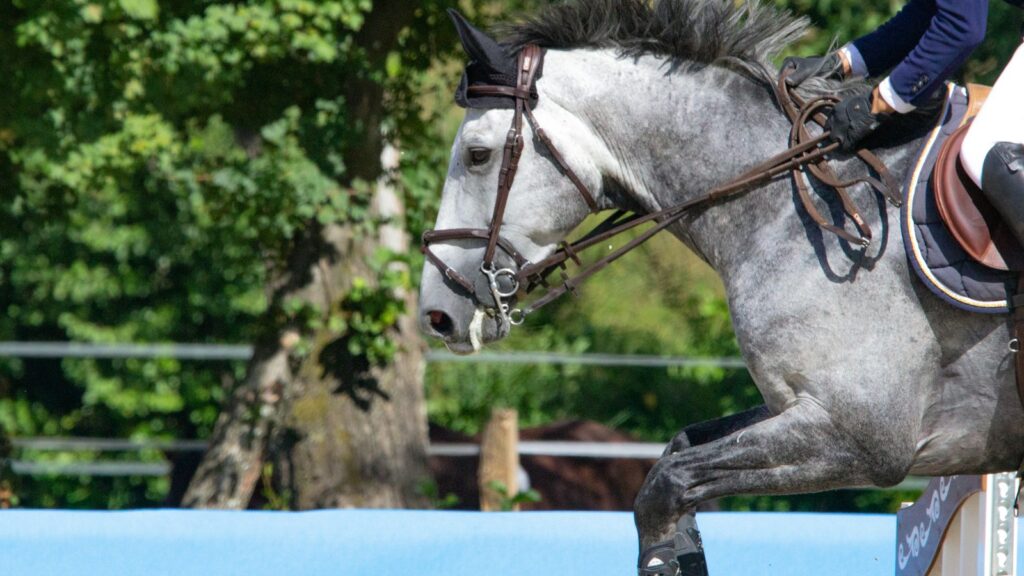
Developing your horse’s ability to work comfortably with a new rider requires strategic attention to both the duration and consistency of training sessions. Begin with brief rides of 15-20 minutes that end on a positive note, gradually extending the timeframe as your horse demonstrates increased comfort and confidence. Schedule regular sessions with the new rider, as sporadic practice can reset progress and create uncertainty for your horse. Consistency in expectations is equally important – ensure that basic aids, handling procedures, and riding patterns remain similar enough that your horse can transfer learning between sessions. Consider creating a structured training calendar that alternates between the familiar rider and new rider, gradually shifting the balance toward more time with the new person as appropriate. Document specific exercises that prove successful and challenging, using this information to design progressive training plans. This methodical approach to building duration and consistency helps your horse develop the mental stamina and adaptability needed to work successfully with different riders.
Positive Reinforcement Techniques
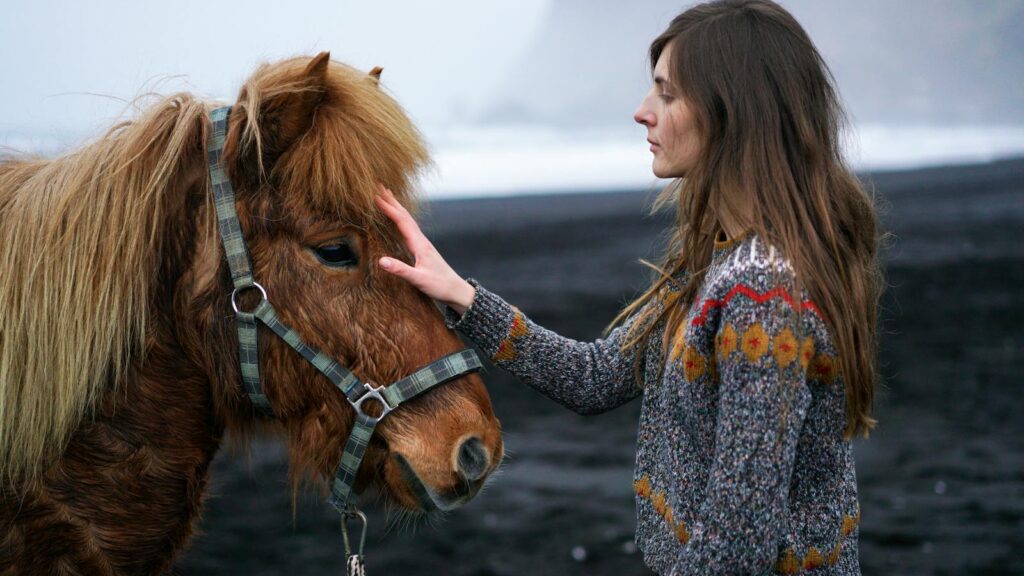
Positive reinforcement serves as a powerful tool for helping horses accept new riders with confidence and willingness. Implement a clear reward system where your horse receives immediate recognition for appropriate responses to the new rider’s aids, whether through verbal praise, brief rest periods, gentle patting, or occasional treats when appropriate. Timing is crucial – ensure rewards come immediately after desired behaviors, helping your horse make positive associations with the new partnership. Beyond tangible rewards, incorporate pressure-release techniques where the rider immediately softens aids when the horse responds correctly, reinforcing the benefit of cooperation. Consider clicker training as a precise way to mark desired behaviors if your horse is already familiar with this method. Teaching the new rider to recognize and reward even small moments of compliance helps build your horse’s confidence and motivation. This positive approach creates a learning environment where your horse begins to associate the new rider with good experiences rather than stress or confusion.
When to Seek Professional Help

While many horses can be successfully trained to accept new riders through patient, methodical approaches, some situations warrant professional assistance. Consider consulting a professional trainer if your horse shows persistent fear responses, aggressive behaviors, or dangerous resistance despite your best efforts at careful introduction. Professional help is also valuable when significant riding skill differences exist between the regular rider and new rider, creating confusion for the horse. If progress stalls completely or regresses after initial improvement, a qualified trainer can offer fresh perspective and specialized techniques to overcome specific challenges. Trainers experienced in remedial work or behavior modification bring valuable expertise for horses with traumatic past experiences or ingrained negative associations with rider changes. Remember that seeking professional guidance isn’t an admission of failure but rather a responsible choice that prioritizes safety and welfare for both your horse and the new rider.
conclusion
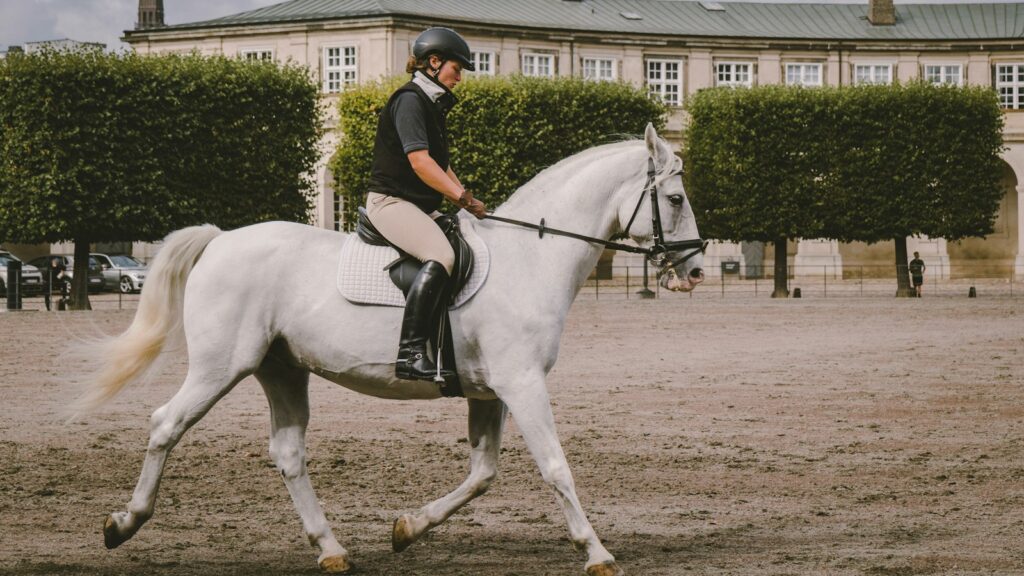
Training a horse to accept a new rider represents an important aspect of creating a versatile, confident equine partner. This process demands patience, consistency, and thoughtful progression that respects your horse’s learning capacity and emotional comfort. By building strong foundations through groundwork, creating positive associations, and systematically introducing new experiences, you can help your horse develop the adaptability needed to work successfully with different riders. Remember that each horse is an individual with unique experiences and temperament, requiring personalized approaches to this training challenge. When executed properly, this training not only expands your horse’s capabilities but often deepens their confidence and trust in human partnerships overall.







